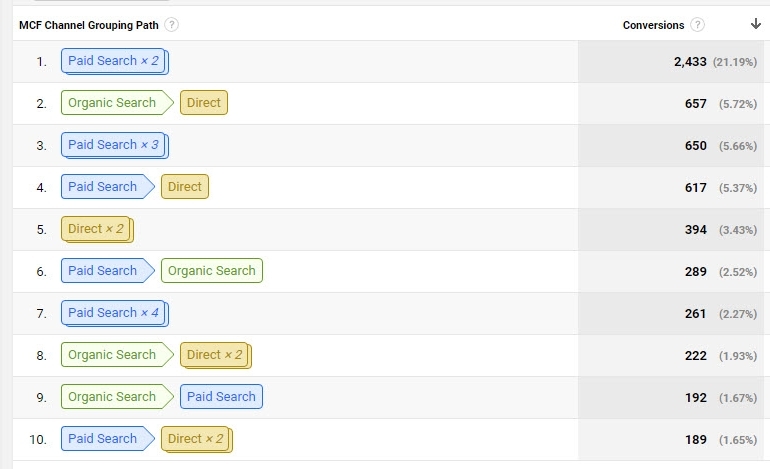What’s an Ad Server and Do I Need One?
As we continue to work towards a more privacy-focused and cookieless future, Scale will determine the appropriate tech mix for our clients. As we diversify our portfolio and understand that attribution will soon be limited, the adoption of an ad server is going to be a large part of the conversation and the solution for many. However, an ad server is not necessary for every advertiser.
Ad Server: Is the ad technology that enables the management, serving and tracking of an ad across the digital ecosystem.
Instead, working with the right partners with strong reporting capabilities (MTA, conversion lift, etc..) will be critical to continue to understand the impact of media. Below outlines why an advertiser would or would not adopt an ad server and how leveraging an ad server or other measurement solutions can help fill the gap in attribution.
Why a client WOULD adopt an Ad server
- Ad Servers are critical for e-commerce or digitally focused advertisers:
They give advertisers the ability to ingest Order ID, revenue and additional information relevant to your business. Passing through these variables allows you to tie media spend to actual orders or leads and the revenue each drives. This would give you the insight into which channels (given they are all digital and run through an Ad Server) have the most impact on business and understand how each works together. - Advertisers leveraging multiple DSPs/platforms, direct buys, digital media channels etc.. can tag all digital media to understand their impact and each touch point of the consumer journey (i.e. User saw a programmatic ad, then was served a site direct ad on ESPN and clicked through to the site, later was served a search retargeting ad which drove them to convert)
The below image illustrates a client leveraging an ad server to track multi-touch attribution (click and view-through) across all digital media channels (i.e. Programmatic, Search, YouTube, Social etc.) to better understand which channels are working best, how they interact and their impact on business results:
- An ad server also gives advertisers the ability to ingest client 1st party data, report and benchmark the impact of cookie-removal on conversions and measure performance across partners (track individual performance, and measure how they work in tandem)
Why a client WOULD NOT adopt an Ad server
- Traditional-heavy clients cannot tag their non-digital media with ad tags (to be tracked within the ad server) meaning while the benefits of the ad server still hold true for their digital efforts, it will not paint the whole picture of how media is working together
- Ad Servers cost money (anywhere from 5-10% of monthly media spend)
- Through our 2022 partnership with Viant, we will be able to upload offline data (phone calls) into the platform and measure our media’s impact on offline conversions, as well as, online
How a Client can still measure digital media impact without an ad server:
Viant Advanced Reporting Solutions (Read more in our Intro to Viant Doc):
- Conversion Lift: is available across all channels (including CTV) to understand your media’s impact on driving actual business results, and to that end, which channel is driving the most incrementality. Viant uses Ghost bids, which is a control group made up of consumers who were within the campaign’s targeting criteria and active on the programmatic network, on whom a bid request was placed to show them the campaign ad, but the bid was lost. Unlike typical holdout groups, ghost bids are not withheld from the campaign’s targeting, but are generated dynamically each day based on users who were targeted but were not exposed
- Multi-Touch Attribution (MTA): Most similar to the functionality of attribution in an Ad Server, Viant’s MTA solution gives advertisers the ability to understand the pathway to conversion, number of exposures, and the impact of multiple channels reaching an individual before converting and assigning weighted credit for conversions to various channels and tactics.
- TV VS. Digital: Allows advertisers to understand reach and campaign performance of those users who were exposed to either a traditional TV ad, digital channel (CTV) alone, or in tandem with one another. Through Viant’s reporting suite, clients can analyze TV and digital’s impact on site visits, conversions, and online/offline sales. This type of analysis is most useful for clients with heavy TV investments and trying to understand the incremental reach they could obtain through CTV and the digital landscape.
Key Takeaway
- In the next year, determining if an ad server is right for your business or not will be a key conversation. At Scale, we do not profit from Client’s utilization of ad servers, we are however, happy to recommend or guide clients on if using one will be integral for business moving forward or if another solution is just as viable, if not more.




